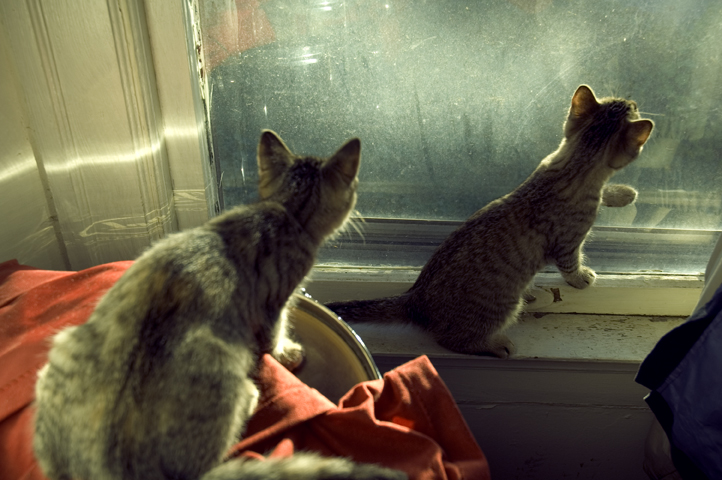No Longer Faving It
Twitter recently changed how their “fav” button works, which has completely broken its functionality for me. The old “fav” button used to be a beautifully simple way for me to communicate myself to someone, meaing some flavor of "I like this", the flavor depending on the context. The new button, however, has an added, latent function. So now it means "I like this and I want it retweeted to someone somewhere sometime." Very few of my Fav use cases fit this new description. I might have Faved my last tweet.
I can still use the Fav button if I wanted to, of course, but now it’s like a Russian roulette fart into someone else’s Twitter feed. I don’t want that. No one wants that.
I long ago cut down my use of Facebook’s Like button, too, also because of the unwanted, latent function added to it. “Liked” posts changes your feed, inviting more randomness and clutter; it's an invitation for brands to single you out for advertisements. No longer does clicking the Like button mean “I like this”. It became to mean, “I like these kinds of things and want to see more of them and also show me brand-related items for sale”. No thank you.
These are two fascinating examples of how design choices can unintentionally break a feature. Neither Twitter nor Facebook set out to break their Like and Fav buttons. They were only intending to add functionality. Admittedly, that new functionality is practically invisible and will never be noticed by most users. But, regardless of its visibility, the additional baggage adds weight and cruft to the feature for those who know it’s there, and it becomes a discouragement.
It must be incredibly hard to design for products that have the scale of Twitter and Facebook, so I don’t begrudge the men and women who worked on these changes. But I do take it as a lesson in how to avoid breaking what works.
